Early in my introduction to classical education, I observed a tacit assumption at work. While the classical educators with whom I spoke strongly opposed the notion, it will all too apparent through curriculum selection and scholastic decision-making that many held to the belief that “Old is Good and New is Bad.” The curriculum, thought, philosophies and practices of the ancients seemed to be accepted carte blanche, while more modern thought on teaching and learning was eschewed as being morally deficient.
Further investigation of classical education interested me in the Socratic method and dialectics. I was enthralled by teaching through questioning. I was excited to see that teachers could humbly perceive themselves simultaneously as guides and co-learners. I was encouraged to see that students learned not singularly from the teacher, but also from each other.
Yes, all the facets of classical education immediately intrigued me, but not because they were novel. They were exactly where my background in modern curriculum and instruction, educational research, and mathematics education had already taken me.
Classical and modern educational paradigms can have much in common. By delineating how the two overlap in an educational experience and by modernizing the definitions of some terms common to classical education, we can develop a conversation between the two groups.
The National Council of Teachers of Mathematics lists five interconnected processes through which students learn mathematics: problem solving, reasoning and proof, communications, connections, and representations. Through the classroom experience of problem solving, students learn about the topic being investigated, the means through which that topic is generally understood, more efficient means of solving other problems associated with the topic, and generalized heuristics, or investigations, for solving problems.
Reasoning and proof transcend mere classroom skills to become habits of mind through which students are able to delve into ever expanding realms of thought. Communications does not merely denote the dissemination and reception of knowledge (writing, reading, speaking, listening, explaining, debating, etc.); it also connotes the learning which occurs through these experiences.
Connections means both realizing and applying internal interconnections between topics in one subject (an algebraic concept may have a geometric connection) and understanding and employing external interconnections among concepts in differing areas of study (the same algebraic concept may be connected to music). All subjects have their respective representations through which the subject is studied and communicated. In mathematics, concepts can be considered numerically, symbolically, graphically, or verbally.
While each of these features is an important component of learning, their interrelatedness may be even more so. Envision a mathematics classroom in which small groups of students are working on a problem. As the problem develops, each group learns additional concepts within the mathematics and reasons through various possible heuristics. Some group members attempt to prove one concept while others focus on different concerns. When each student has a solution, each group is asked to demonstrate its solution and strategy to the remaining class. Using numbers, symbols, graphs, and oral communication, students from one group can reason through and assess the work of another group and can come to recognize additional connections to other concepts. Altogether, students learn through each process and learn even more through the interconnection of all the processes.
As members in a learning community (i.e., an interactive classroom) become interdependent and interconnected, a shift occurs from instructor centrality to peripherality. Student participation becomes necessary for student success. The involvement pattern becomes circular, as participant involvement leads to an identity within the community and acceptance by the community, which then leads to the individual developing a greater sense of self identity and opportunities for greater involvement in the community.
Notably, the changing roles of students within a learning community also necessitate a change in the perspective of the instructor. As knowledge is socially mediated, the instructor is simultaneously a dispenser of information and a participant within the learning community responsible to interact with, listen to, and share
with the others. As a participant within the community, the instructor should anticipate acquiring more information and understanding over the course.
The preceding discussion should sound consistent with the discussions of grammar, logic, and rhetoric and dialectics which classical educators so o en entertain. Classical education is defined by practices which fundamentally require a community of learners, comprised of students and teachers, who share mutual respect, interact and communicate with one another, and share ideas. In practice, classical classrooms exemplify many of NCTM’s process standards and demonstrate many of the aspects of learning communities.
As the classical education movement matures, it is hoped that sound modern educational concepts are not dismissed as antithetical to classical learning. Rather, the two can intertwine and produce more meaning for each other.


